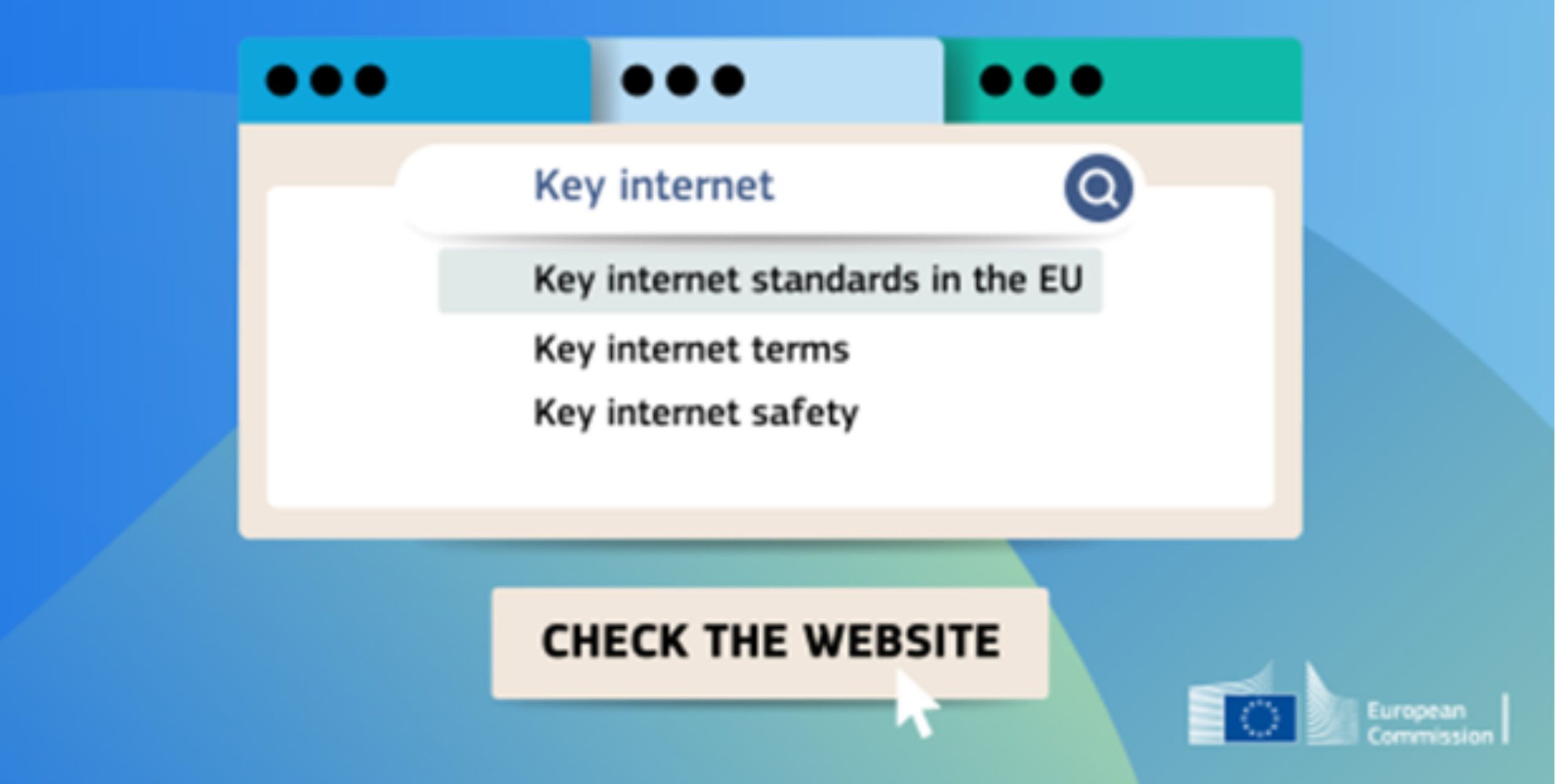The Commission has launched a website to monitor the deployment of key Internet standards.
The Commission launched the EU’s Internet Standards Deployment Monitoring website on 24 November 2022.
This follows the commitment to work on fostering the uptake of internet security standards announced in the 2020 EU Cybersecurity Strategy and the announcement of the plan for a monitoring website in the 2022 Standardisation Strategy.
The website details the current level of deployment of a set of internationally agreed Internet Standards across the EU. These Internet standards are considered essential to ensure the openness, interoperability and cybersecurity of Internet communications.
The website focuses on the following 5 categories of Internet standards:
- Browsing – Web communication standards
- Routing – Mutually Agreed Norms for Routing Security (MANRS)
- Emailing – Email communication security standards
- Naming – Domain Name System Security Extensions (DNSSEC)
- Addressing – Internet Protocol version 6 (IPv6)
Monitoring the uptake of these standards will enable the Commission and Member States to promote good practices and accelerate their deployment in support of the EU vision for an open, global and secure Internet.
Currently, there are 5 technical reports on Internet standards available on the website, as produced by the Commission’s Joint Research Centre. The website will be updated every 6 months with the latest information on deployment of Internet standards in the EU.
Background
Communications over the Internet are governed by a set of internationally agreed Internet standards. As technology advances and threats evolve, it is vital to keep these standards up to date to improve Internet security.
Internet standards are agreed by the Internet Engineering Task Force (IETF) on a consensus basis. They are made freely available, and deployed on a voluntary basis. However, deploying the most up-to-date standards helps to ensure the safety and security of our online activities and interactions. This includes reducing spam and privacy violations, taking measures against identity theft, improving security while browsing and more.
The EU Cybersecurity strategy for the digital decade, published in December 2020, outlines the goal to “accelerate the uptake of key internet standards including IPv6 and well-established internet security standards and good practices for DNS, routing, and email security, not excluding regulatory measures”.
On this basis, the Directorate-General for Communication Networks, Content and Technology (DG CNECT), set up a study with the Commission’s Joint Research Centre (JRC) as evidence-based input for possible next steps.
The EU Standardisation Strategy of February 2022 then coined the concept of an “Internet Standards Deployment Monitoring website”, which DG CNECT and JRC began working on. It is focused on monitoring the deployment of internationally agreed standards. This supports a positive vision of an open, global, Internet that the EU stands for and promotes globally.
Source: European Commission I Digital (https://bit.ly/3UcMUP5)
